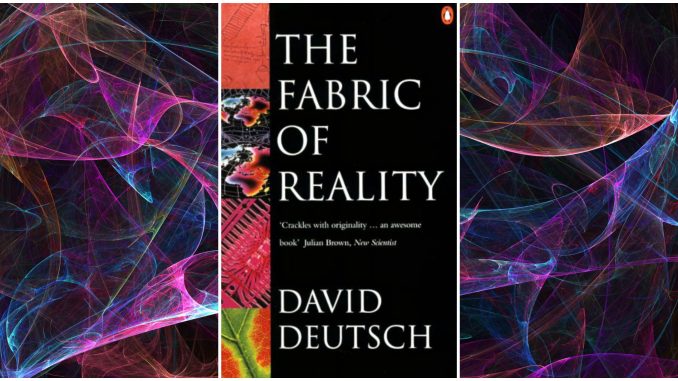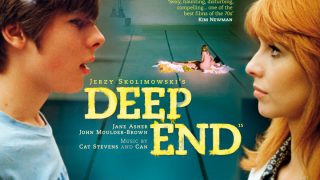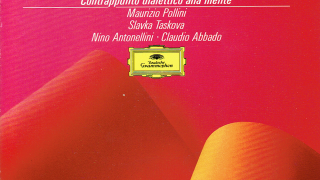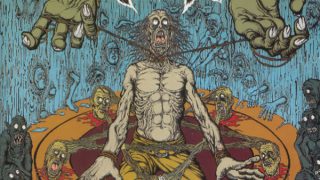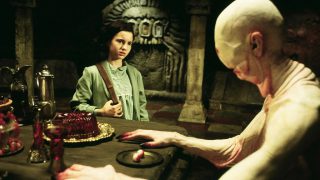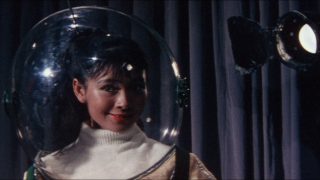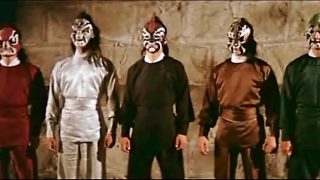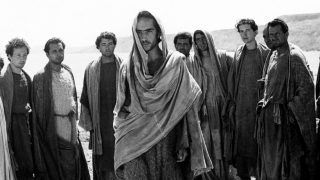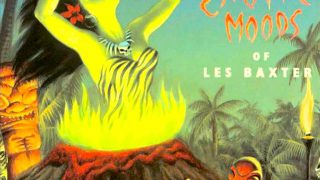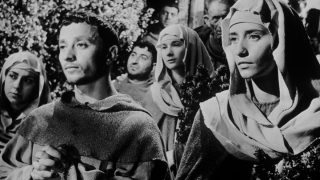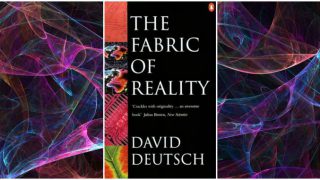“The Fabric of Reality: The Science of Parallel Universes – and Its Implications” is a book by David Deutsch, a British physicist known for his research of quantum computing. It was published by Viking Adult in 1997.
In this book, Deutsch develops his own theory to understand the real world from a unified perspective by integrating quantal physics, Popperian epistemology, Darwin/Dawkins’s theory of evolution, and Turing’s theory of computation.
The content is strangely speculative for a book written by a specialist in the practical field of quantum computing. It is out-there like a science fiction novel.
Deutsch seriously advocates parallel universe theory (one of multiverse hypotheses. It envisions our universe as just one of numerous parallel worlds that branch off from each other) based on the many-worlds interpretation of quantum mechanics. He argues that the paradox of alternate history by going back in time (so-called “the grandfather paradox”) can be resolved by parallel universe theory.
Though such an unfalsifiable argument may be nothing more than a useless speculation to the people who treat quantum mechanics only as a practical computing technology according to the Copenhagen interpretation, I think the many-worlds interpretation and parallel universe theory are interesting as theoretical hypotheses.
However, I am skeptical about Deutsch’s claim that the evolution of life and intelligence is a fundamental element for the universe. I mean, as Jacques Monod said in his “Chance and Necessity” (1970), it seems that the beginning and evolution of life on earth as survival machine (Richard Dawkins) are the results of a chain of chances without any purpose, and they are not inevitable in our universe. Furthermore, if numerous parallel universes really exist, a universe without any life forms could also exist, I guess.
In the last chapter, Deutsch seriously incorporates mathematical physicist Frank Tipler’s Omega Point cosmology into his theory, though Deutsch criticizes Tipler for identifying the Omega Point with God of the Jewish and Christian doctrines.
The Omega Point is originally an idea advocated by Pierre Teilhard de Chardin. It means the final point of everything in the universe unified by the God, and the ultimate of the evolution of humankind.
According to Deutsch, in the ultimate fate of the universe (Big Crunch), an omniscient and omnipotent intelligent computer has an infinite computational capacity with an infinite computational resource, and emulates the whole universe as virtual reality forever, in which the dead could be resurrected.
I suppose that the Omega Point theory is a kind of theology or mathematical metaphysics, in which AI is regarded as God. It seems to be an updated version of Teilhard’s Christian theory of evolution in the computer age, as well as Ray Kurzweil’s technological singularity hypothesis.
Though this book is full of question marks as previously said, it is a thought-provoking book. I recommend it for those who like hard science fiction novels, such as James P. Hogan and Greg Egan.
